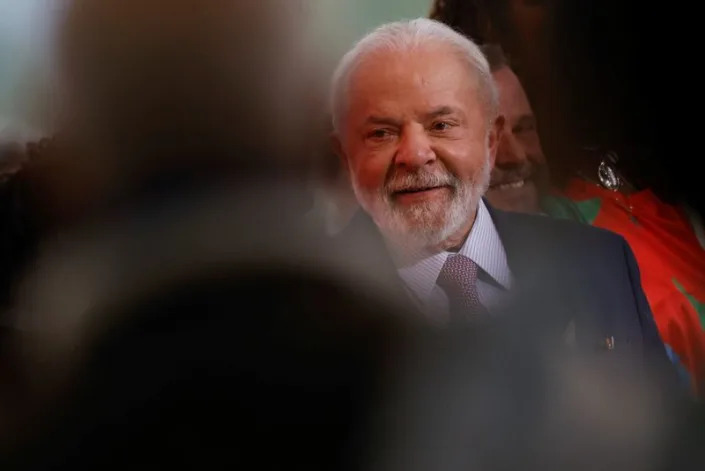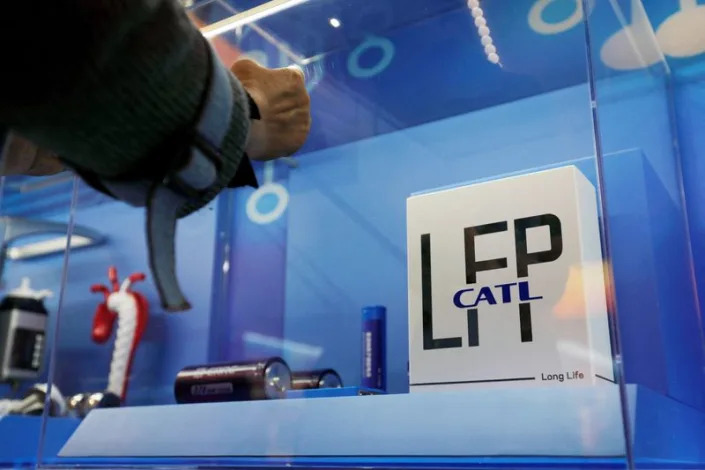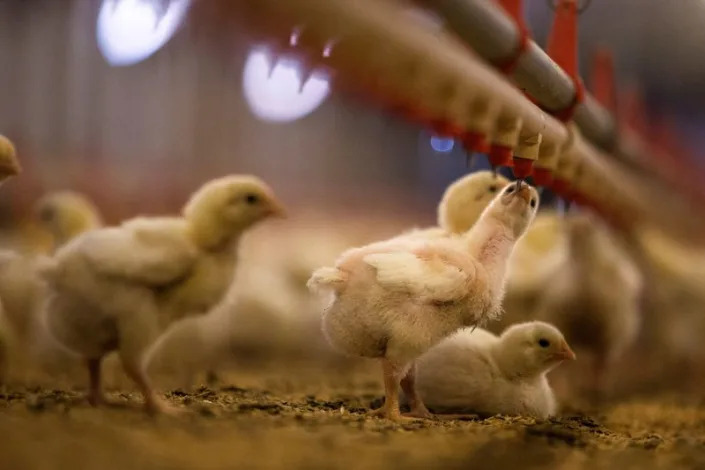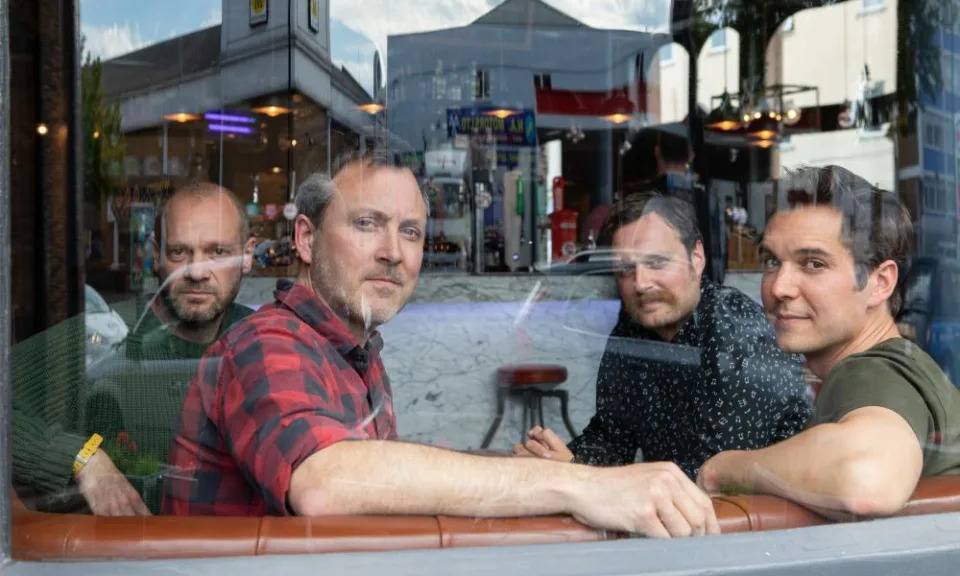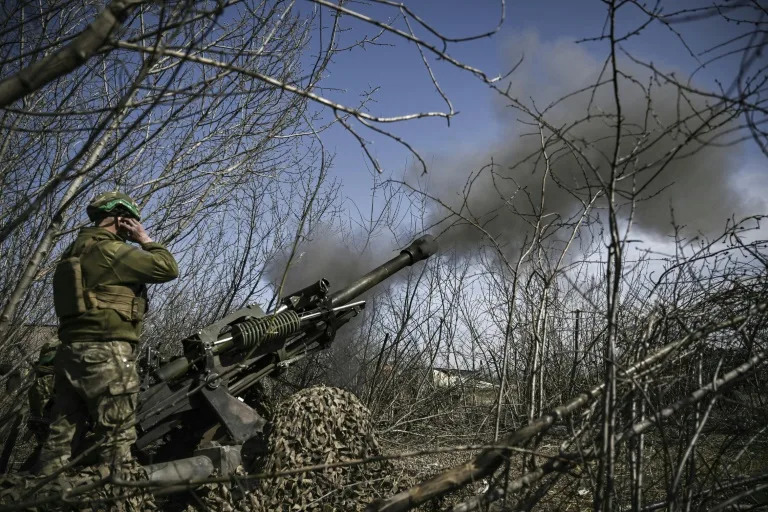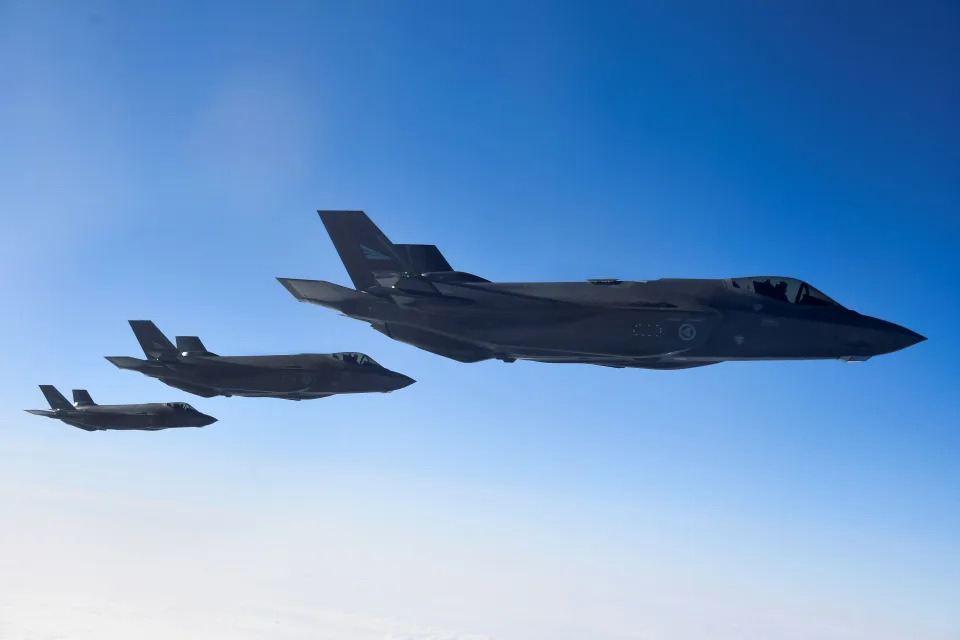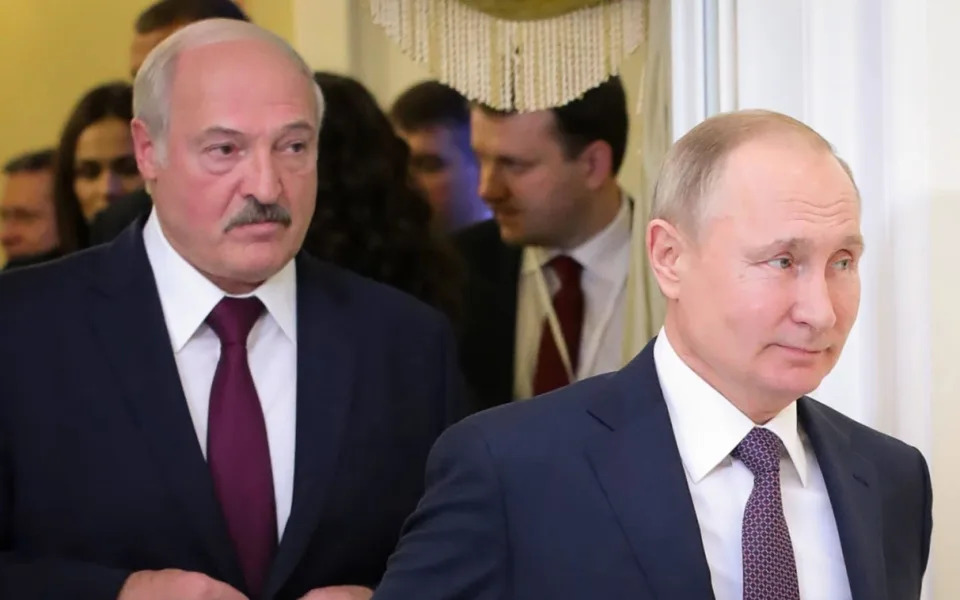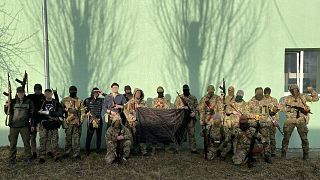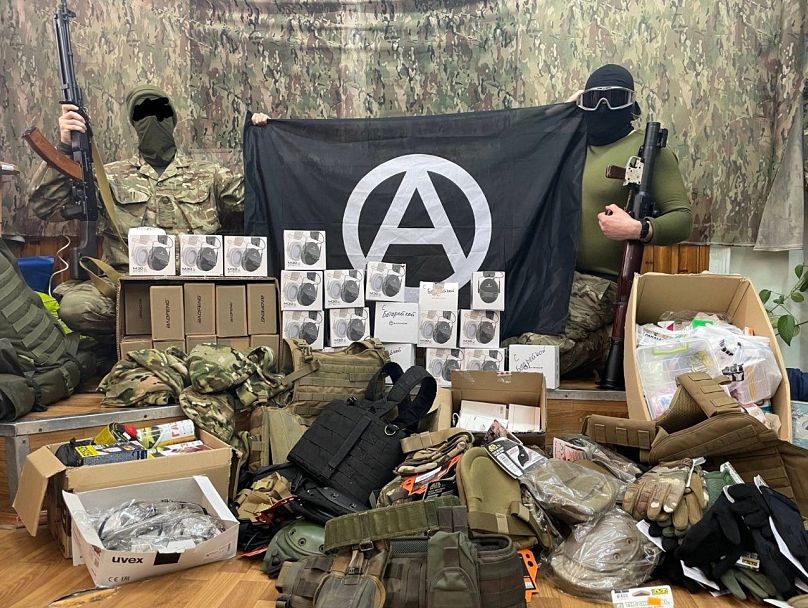Ambrose Evans-Pritchard
Fri, March 24, 2023

Credit Suisse
A century of Swiss exceptionalism is ending with shocking speed. Everything is going wrong at once.
The war in Ukraine is testing Switzerland’s armed neutrality to the point of destruction. They are surrounded on all sides by EU states, yet their relationship with the EU has broken down and seems stuck in permanent crisis. This has led to the punitive expulsion of Swiss scientists from the Horizon Europe programme.
And now Credit Suisse no longer exists. Switzerland’s business model as banker for the global elites crashed and burned over four stormy days from Thursday to Sunday night.
The Neue Zürcher Zeitung reports that the finance minister did not even have an adviser to help as the Swiss financial world crumbled around her. This is astounding given that she used to be a translator, with no experience in finance before her appointment in January.
“It is as amateurish as it gets. How can this happen in a civilised economy? ” said a veteran European regulator with intimate knowledge of the events.
He said the country’s banking industry – 9pc of GDP – was close to a systemic meltdown over the weekend. The debacle nearly escalated into a bank-run on Switzerland itself.
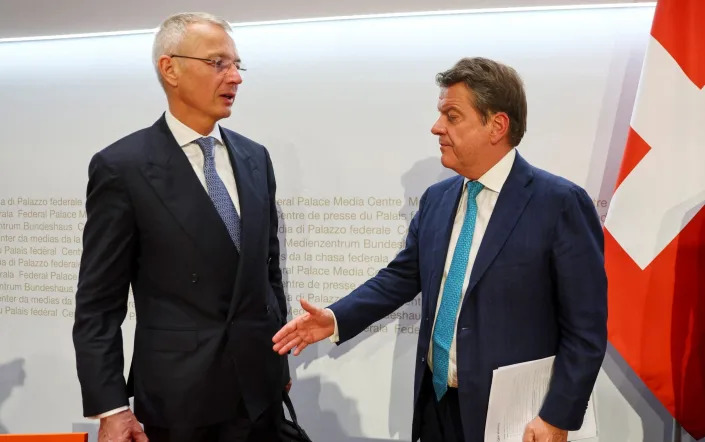
UBS Credit Suisse - Denis Balibouse/Reuters
Saudi Arabia and Qatar were enraged by moves to wipe out Credit Suisse stockholders without a vote by the board, in violation of shareholder rights, and at the outer boundaries of legality. “They told the Swiss that all their other investments in Switzerland would be called into question if it happened,” said the regulator.
It was an implicit threat to set off a second and fatal round of deposit flight by the petropowers and mid-East wealth funds. “It would have been the end of Switzerland’s banking industry. The best you can say now is that it is still standing. But can the model survive?” he said.
The Swiss backed down. They expropriated $17bn (£13.8bn) from holders of Credit Suisse convertible AT1 bonds instead, risking contagion through Europe’s $270bn market for junior bank debt at a perilous moment. This is just as bad for Switzerland’s credibility.
“Switzerland will never be the same again. The reputation of Swiss banking has now been damaged forever. Bankers in Singapore are going to be popping corks” said professor Arturo Bris from the Swiss business school IMD.
The legal theft of $17bn required invoking emergency powers from the Second World War and was executed without an accounting justification. It inverts the market hierarchy for loss absorption. Bondholders would normally hope to recoup half or more from a bank resolution. Aggrieved funds are already preparing for years of litigation. Swiss authorities will rue the day they picked this fight.
Britain’s pensions fiasco last September was scarcely better. The difference is that the Bank of England managed the affair with supreme skill, winning plaudits from across the world. The British political leaders responsible were decapitated instantly. No relevant actor in Switzerland has been removed from harm's way.
Mark Dowding from BlueBay Asset Management said investors must now contend with the novel concept of Swiss political risk. “They used to be the safest of safe havens, but we may now start seeing a (risk) premium attached to Swiss assets. Trust is everything in banking,” he said.
The UBS takeover of the Credit Suisse corpse leaves Switzerland with a monopolistic monster: too big to fail, carrying $1.7 trillion of liabilities that stretch the fire-fighting capabilities of the Swiss state itself. “It really worries me: such a super-sized bank can get an entire country into trouble,” Marcel Fratzscher, head of the German Institute for Economic Research. (DIW).
The enlarged UBS becomes the West’s fourth largest bank after JP Morgan, HSBC, and Citigroup, wildly out of proportion to the state and economy that underpins it in a crisis. Its liabilities are near 200pc of Swiss GDP.
Switzerland is not Iceland. A buccaneering trio of Icelandic banks, acting like hedge funds, took on so much leverage that they would have bankrupted the Icelandic state in 2007 had Reykjavik not repudiated the losses, leaving London, Amsterdam, and New York to clean up the mess.
However, the Swiss central bank has limits and has already exhausted the political patience of the irascible cantons. It recently disclosed that it lost 25pc of Swiss GDP last year on its QE portfolio, using up all of its loss provisioning set aside. A few more bad months and it will have to go cap in hand to Swiss taxpayers for a bail-out.
The Swiss National Bank (SNB) is not alone in suffering a Katzenjammer from the great QE experiment. The Dutch central bank says it may need recapitalisation, and so does the mighty Bundesbank. What is unique is the scale. The SNB’s balance sheet reached 144pc of GDP, and some of it in Amazon, Tesla, Apple, and Meta, all acquired in the name of fighting deflation.
The fast-shrinking capital base of the SNB did not stop it extending a $100bn liquidity line to UBS over the weekend to enable the shot-gun marriage. Yet it is legitimate to ask how Swiss leaders might react if the elephantine mega-bank comes to grief in the future. There may not be technical constraints on the SNB’s ability to stem a major crisis, but after the antics of last weekend there are most-assuredly political constraints.
Simon Brady from risk specialists 1LoD says Credit Suisse went into terminal decline because it clung too long to the old Swiss recipe of “bank secrecy, wealth concealment, anonymity and tax avoidance”.
One could extend the criticism to the larger nexus of Swiss banking. The German car industry made a parallel strategic error by clinging too long to fossil combustion, letting the Americans and the Chinese run away with the electric future.

Switzerland - Denis Balibouse/Reuters
Switzerland remains a AAA economy (for now), with a broad base of life sciences, hi-tech, and machine engineering. But it is not a AAA member of the Western democratic alliance. It has manoeuvred itself into a diplomatic quagmire, and for the same reason as its banking travails: out of hubris and addiction to the old recipe.
The war in Ukraine has rehabilitated the British in the eyes of Europe – at least among those in defence and foreign policy circles – because the UK has been a rock solid at a time of great peril for European civilisation. Rishi Sunak and the Windsor Framework have iced the cake.
The war has had the opposite effect for the Swiss, exposing the threadbare moral claims of their armed neutrality. The country has a substantial weapons industry. It sells arms to the Middle East. Sig Sauer assault rifles sold to the Saudis have been used against Houthi rebels in Yemen.
Yet it stands on piety as Vladimir Putin tries to expunge a democratic European state. It refuses to let Berlin transfer Swiss-made shells for German Gepard tanks to Ukrainian forces on the grounds that they will be used in conflict. There comes a point when this crosses into complicity.
“I have to say clearly: I cannot understand why Switzerland does not provide Gepard ammunition,” said Robert Habeck, Germany’s vice-chancellor. Polls show that at least half the Swiss population agrees with him.
The Swiss are formidably well-educated and a resourceful people. They will overcome this enveloping national crisis just as we in Britain will overcome ours. But first they are will have to shed a lot of 20th Century Swiss shibboleths.
